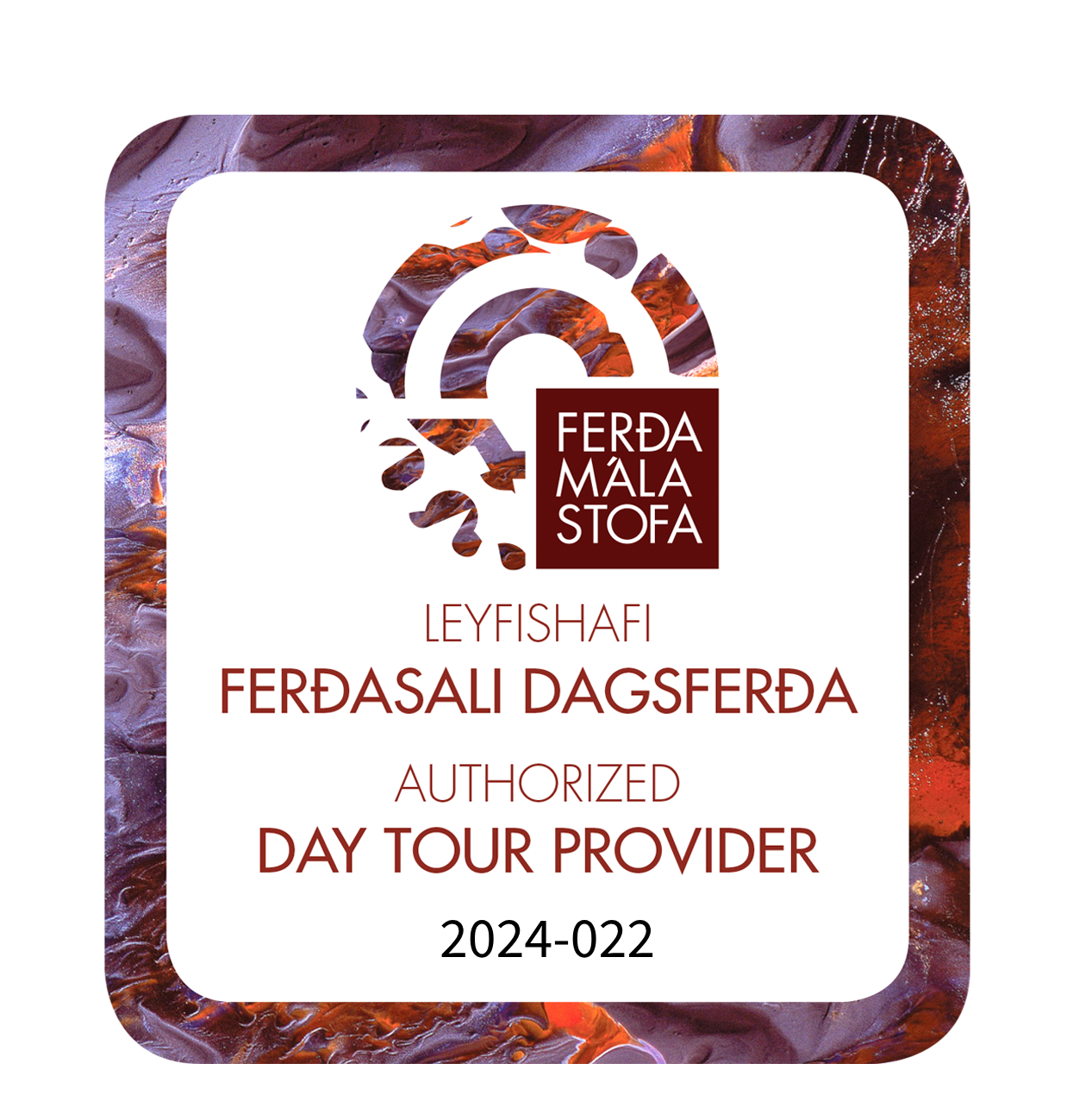Nestled between the North Atlantic and Arctic Ocean, Iceland is a land of breathtaking landscapes, majestic glaciers, cascading waterfalls, and geothermal wonders. Its pristine beauty has made it an increasingly popular destination for travelers seeking unique experiences and a connection with nature. However, this surge in tourism has raised concerns about the impact of human activities on Iceland’s delicate ecosystems and local communities. In this blog, we explore the concept of responsible tourism in Iceland and the steps both visitors and the tourism industry can take to preserve the Land of Fire and Ice for generations to come.
Understanding Responsible Tourism
Responsible tourism, also known as sustainable tourism or eco-tourism, is an approach that seeks to minimize the negative impacts of tourism on the environment, culture, and society while maximizing the benefits for local communities and conservation efforts. It involves making conscious choices to support ethical practices, reduce one’s ecological footprint, and respect the natural and cultural heritage of the destination.
Preserving Iceland’s Unique Ecosystems
Iceland’s natural beauty is fragile and vulnerable to the effects of mass tourism. To preserve its unique ecosystems, travelers can adopt several responsible practices:
- Stick to Designated Paths: When exploring Iceland’s stunning landscapes, always stay on designated paths to avoid trampling delicate vegetation and contributing to soil erosion.
- Respect Wildlife: Maintain a safe distance from wildlife, particularly nesting birds and marine mammals. Never feed or disturb them, as it can disrupt their natural behavior and breeding patterns.
- Leave No Trace: Pack out all your waste and dispose of it properly in designated bins. Follow the principle of “leave no trace” to ensure you’re not leaving any negative impact on the environment.
- Support Sustainable Accommodations: Choose eco-friendly and locally-owned accommodations that implement sustainable practices and promote responsible tourism.
Preserving Icelandic Culture and Heritage
Icelandic culture is rich in history and traditions that deserve respect and protection. As visitors, we can actively contribute to preserving the country’s cultural heritage:
- Learn About Local Customs: Take the time to learn about Icelandic customs and traditions before visiting. Respect local norms, such as removing shoes when entering someone’s home, and be mindful of cultural sensitivities.
- Support Local Businesses: Choose to dine at local restaurants, shop at small businesses, and buy locally-made souvenirs. This way, you directly support the community and its unique culture.
- Engage with the Community: Participate in local events, workshops, and cultural experiences, which not only enrich your trip but also contribute to the local economy.
Responsible Adventure and Outdoor Activities
Iceland’s outdoor pursuits are a major draw for tourists seeking adventure. To enjoy these activities responsibly:
- Hire Local Guides: When engaging in activities such as glacier hiking, ice climbing, or exploring lava caves, choose certified local guides who prioritize safety and environmental stewardship.
- Respect Restricted Areas: Adhere to any restricted access areas or guidelines provided by tour operators to protect sensitive natural sites.
- Opt for Eco-Friendly Transportation: Consider using public transportation, carpooling, or electric vehicles to reduce greenhouse gas emissions and minimize your carbon footprint.
Engaging in Voluntourism and Conservation Efforts
For travelers looking to have a more direct impact on preserving Iceland’s natural beauty, voluntourism and conservation efforts offer meaningful opportunities:
- Participate in Clean-up Initiatives: Join organized beach clean-ups and other conservation projects to help combat marine debris and litter.
- Support Local Environmental NGOs: Contribute to organizations that work towards preserving Iceland’s environment and advocating for sustainable tourism.
Responsible tourism in Iceland goes beyond mere admiration of its awe-inspiring landscapes; it involves a commitment to preserve its fragile ecosystems, cultural heritage, and local communities. By being mindful of our actions and choices as travelers, we can ensure that the Land of Fire and Ice remains a haven of natural wonders for generations to come. Let us embrace the principles of responsible tourism and embark on a journey that celebrates the beauty of Iceland while protecting its precious assets.
